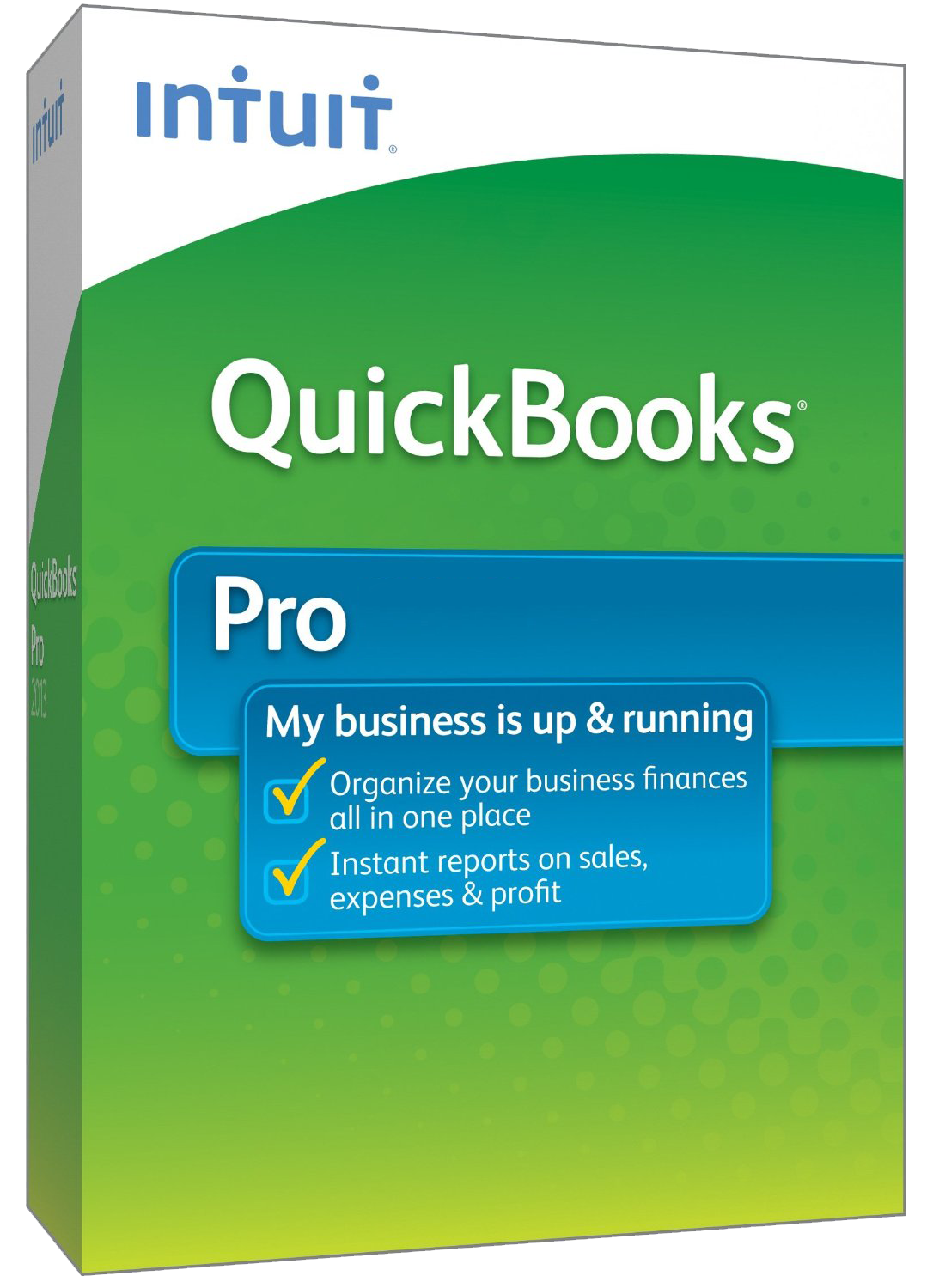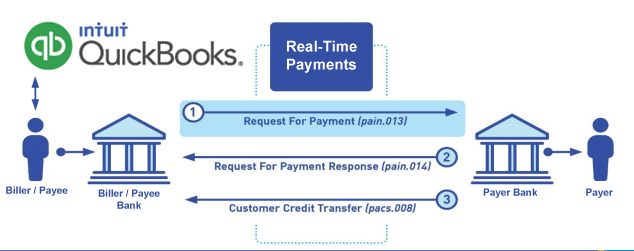QuickBooks® Request for Payment File Invoicing
The Best Solution for Request for Payment File in QuickBooks®
Today Payments is an Authorized Developer of Intuit offering a highly robust app that supports both QuickBooks’ desktop and online customers, provide merchants with the tools they need so they can focus more time on their customers and businesses, and less time on data entry.
"Our Integrated payment solutions can save a typical small business owner more than 180 hours each year"
See
the features
QuickBooks® ACH, Cards, FedNow and Real-Time Payments
- Payment processing for all QuickBooks desktop, Pro, Premier, Enterprise and also QBO QuickBooks Online Our software is designed for simplicity and ease-of-use.


- ~ Automate Account Receivable Collection
- ~ Automate Account Payable Payments
- ~ One-time and Recurring Debits / Credits
Secure QB Plugin payment processing through QuickBooks ® specializes in the origination of moving money electronically.
Ask about our special:
Request for Payments
Integrating ACH, Real-Time Payments (RTP), and FedNow Request for Payment (RfP) files into QuickBooks Online (QBO) requires using third-party payment processors or service providers because QBO doesn't natively support generating files in formats like NACHA or ISO 20022 XML. However, you can still manage these payment requests with QuickBooks by exporting data from QBO and using third-party services or APIs for processing payments. Here's a guide to help you set up ACH, RTP, and FedNow payments using QuickBooks Online:
1. Quick Overview of Payment Types
- ACH (Automated Clearing House): Typically used for batch payments and scheduled transfers. The file format for ACH payments is NACHA.
- Real-Time Payments (RTP): Payments are processed instantly and use the ISO 20022 XML standard.
- FedNow: A real-time payment system operated by the Federal Reserve, also using the ISO 20022 XML format for messages.
2. Setting Up ACH, RTP, and FedNow with QBO
A. Setting Up ACH Payments in QuickBooks Online
Step 1: Enable ACH Payments in QBO
QBO supports ACH payments through its QuickBooks Payments feature, but for batch or file-based ACH payments (such as submitting a NACHA file to your bank), you’ll need third-party services.
- Go to Payments Settings:
- In QBO, navigate to Settings > Payments.
- Enable ACH payments if you haven’t already.
- Create and Send Invoices with ACH Option:
- When creating an invoice in QBO, you can select the ACH payment option to allow your customer to pay directly from their bank account.
Step 2: Generate the NACHA File (Optional for Batch Payments)
If you want to create batch ACH payments (e.g., multiple customer payments), you will need to export the payment data from QBO and use a third-party tool to generate a NACHA file.
- Export Payment Data from QBO:
- Export the required customer payment data (including bank account information) from QBO to a CSV or Excel file using QBO’s reporting tool (Reports > Customer Balance Detail or Transaction List by Customer).
- Generate NACHA File Using a Third-Party Tool:
- Use a payment processor or software like TodayPayments.com, Plaid, Dwolla, or ACH Universal to convert the exported file into a NACHA format for submission to your bank.
Step 3: Upload the NACHA File to Your Bank:
- After generating the NACHA file, log in to your bank’s portal and upload the file for processing. Banks usually have a dedicated section for ACH Batch Payments or NACHA File Uploads.
B. Real-Time Payments (RTP) with QuickBooks Online
Step 1: Integrate with a Third-Party RTP Service
QuickBooks Online does not support RTP natively, so you will need to integrate it with a third-party payment provider that offers Real-Time Payments. Examples include SecureQBPlugin.com, Finastra, FIS, Plaid, and Dwolla.
- Sign Up for an RTP Provider:
- Choose a payment processor that offers RTP capabilities. Sign up and request access to their API or integration tools.
- Connect QBO with the RTP Provider:
- Depending on the provider, there may be a pre-built integration with QBO (e.g., SecureQBPlugin.com, Plaid or Dwolla for payments), or you may need to use middleware (like SecureQBPlugin.com, Zapier or Integromat) to connect QuickBooks invoices with the RTP provider.
Step 2: Generate Payment Requests in QBO
- Create an Invoice in QBO (Sales > Invoices).
- Send the Invoice to your customer, indicating that they can pay via RTP if supported.
Step 3: Create RTP File Using ISO 20022 XML Format
- Export Payment Data from QBO (similar to the ACH export) and use the RTP provider’s tools to convert it to the ISO 20022 XML format required for real-time payments.
- RTP files include details like:
- Payment amount
- Payer and payee details
- Invoice reference number
Step 4: Submit the RTP File via API or Upload
- Depending on your RTP provider, you may either upload the ISO 20022 XML file manually through their platform or submit the request automatically via API integration.
Step 5: Track Payment Status in Real Time
- The RTP provider will process the payment in real time and notify you once it is completed. You can then manually or automatically mark the invoice as paid in QuickBooks.
C. FedNow Payments with QuickBooks Online
Step 1: Connect to a FedNow Payment Processor
To process FedNow payments, you will need to use a third-party provider that supports FedNow integration, such as:
- SecureQBPlugin.com,
- Finix Payments
- Volante Technologies
- Finastra
- Sign Up with a FedNow Provider:
- Choose a provider that supports FedNow and sign up for their services. You will need access to their API or file submission tools.
- Integrate with QBO:
- If your FedNow provider has a direct integration with QBO, follow the steps provided by the provider to sync your QuickBooks invoices with the FedNow payment system.
Step 2: Generate FedNow Payment Request in ISO 20022 XML Format
- Export Payment Data from QBO (similar to RTP and ACH exports).
- Use Third-Party Software to convert the
exported data into the ISO 20022 XML format required by FedNow.
- The XML file will contain details such as:
- Payment amount
- Payer and payee details
- Invoice number
- Payment terms
- The XML file will contain details such as:
Step 3: Submit the FedNow Payment Request
- Submit the ISO 20022 XML file to your FedNow provider, either via API or manual upload.
Step 4: Monitor Real-Time Payment Status
- As with RTP, FedNow payments are processed in real time. You will receive immediate confirmation from your provider when the payment is processed, and you can mark the invoice as paid in QBO.
3. Tools and Payment Providers for ACH, RTP, and FedNow in QBO
Here are some popular third-party providers that integrate with QBO to handle ACH, RTP, and FedNow payments:
ACH Payment Providers:
- Today Payments: Offers Cards, ACH, FedNow and RTP solutions, integrating with QBO accounting system.
- Plaid: Provides ACH payment services and integrations.
- Dwolla: Offers ACH and RTP support, with easy integration for QBO.
- Bill.com: Supports ACH payments and integrates with QBO.
RTP Payment Providers:
- Today Payments: Offers Cards, ACH, FedNow and RTP solutions, integrating with QBO accounting system.
- Dwolla: Supports Real-Time Payments (RTP) and ACH, with direct integration with QBO.
- FIS: Offers RTP and FedNow payment solutions for businesses.
- Finastra: RTP payment support with customizable integration options.
FedNow Payment Providers:
- Today Payments: Offers Cards, ACH, FedNow and RTP solutions, integrating with QBO accounting system.
- Finix Payments: Offers FedNow and RTP solutions, integrating with accounting systems.
- Volante Technologies: Provides FedNow and RTP solutions for real-time payment requests.
- Finastra: Supports FedNow and RTP services.
4. Tracking Payments and Reconciling in QuickBooks Online
Once payments are processed via ACH, RTP, or FedNow, you’ll need to reconcile them in QuickBooks Online:
- Payment Reconciliation:
- Payments processed through ACH, RTP, or FedNow will need to be recorded in QBO. This can often be done automatically if your payment provider integrates directly with QBO.
- If manual, mark the invoices as Paid and match the transactions with your bank feed.
- Real-Time Payment Updates:
- For RTP and FedNow, you can use the provider’s API to automatically update the payment status in QuickBooks, ensuring that all transactions are tracked in real time.
Conclusion
To handle ACH, RTP, and FedNow Request for Payment (RfP) files in QuickBooks Online, you’ll need to integrate with third-party payment providers. While QuickBooks doesn’t natively support generating NACHA or ISO 20022 XML files, these third-party providers allow you to export data from QBO and process payments. By using tools like SecureQBPlugin.com, Plaid, Dwolla, and Finastra, you can efficiently manage and automate ACH, RTP, and FedNow payments directly from your QuickBooks Online system.
Call us, the .csv and or .xml Request for Payment (RfP) file you need while on your 1st phone call! We guarantee our reports work to your Bank and Credit Union. We were years ahead of competitors recognizing the benefits of RequestForPayment.com. We are not a Bank. Our function as a role as an "Accounting System" in Open Banking with Real-Time Payments to work with Billers to create the Request for Payment to upload the Biller's Bank online platform. U.S. Companies need help to learn the RfP message delivering their bank. Today Payments' ISO 20022 Payment Initiation (PAIN .013) show how to implement Create Real-Time Payments Request for Payment File up front delivering message from the Creditor (Payee) to it's bank. Most banks (FIs) will deliver the message Import and Batch files for their company depositors for both FedNow and Real-Time Payments (RtP). Once uploaded correctly, the Creditor's (Payee's) bank continuing through a "Payment Hub", will be the RtP Hub will be The Clearing House, with messaging to the Debtor's (Payer's) bank.
Our in-house QuickBooks payments experts are standing ready to help you make an informed decision to move your company's payment processing forward.
Pricing with our Request For Payment Professionals

1) Free ISO 20022 Request for Payment File Formats, for FedNow and Real-Time Payments (The Clearing House) .pdf for you manually create "Mandatory" (Mandatory data for completed file) fields, start at page 4, with "yellow" highlighting. $0.0 + No Support
2) We create .csv or .xml formatting using your Bank or Credit Union. Create Multiple Templates. Payer/Customer Routing Transit and Deposit Account Number may be required to import with your bank. You can upload or "key data" into our software for File Creation of "Mandatory" general file.
Fees = $57 monthly, including Support Fees and Batch Fee, Monthly Fee, User Fee, Additional Payment Method on "Hosted Payment Page" (Request for file with an HTML link per transaction to "Hosted Payment Page" with ancillary payment methods of FedNow, RTP, ACH, Cards and many more!) + $.03 per Transaction + 1% percentage on gross dollar file,
3) Payer Routing Transit and Deposit Account Number is NOT required to import with your bank. We add your URI for each separate Payer transaction.
Fees Above 2) plus $29 monthly additional QuickBooks Online "QBO" formatting, and "Hosted Payment Page" and WYSIWYG
4) Above 3) plus Create "Total" (over 600 Mandatory, Conditional & Optional fields of all ISO 20022 Pain .013) Price on quote.
